Shimmering Wood by Structural Colour Studio
Nature’s brightest colours – like those found in peacock feathers or butterfly wings – are created through microscopically small nanostructures.
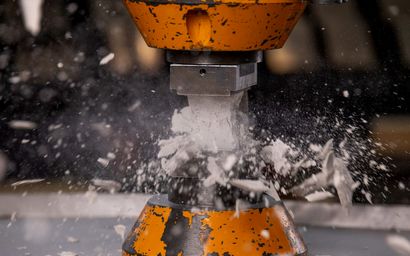
The Radical Ceramic Research Group is pioneering potentially transformative alternatives to traditional concrete, the world’s second largest source of emissions.
A living laboratory, with local materials, experiments and haptic prototypes to uncover the potential of geopolymers.
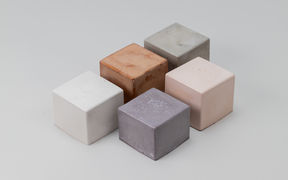
New Aalto University initiative bridging two schools: Arts, Design, and Architecture, and Engineering. Focused on research within the Department of Design and Civil Engineering, we explore clay as a material for geopolymers and its potential in studio ceramics.
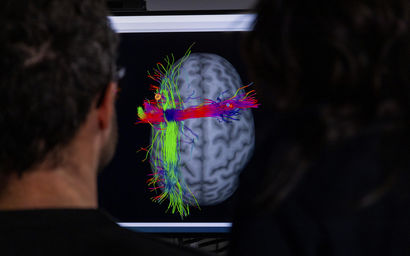
Common neurological disorders like depression and chronic pain can be challenging to treat with conventional methods. An automated version of a long-used brain stimulation technique holds real promise as a reliable and effective drug-free alternative.
Learn about cutting-edge technology to study the brain, revolutionize diagnosis and transform therapy.


Mindful, experiential architecture.
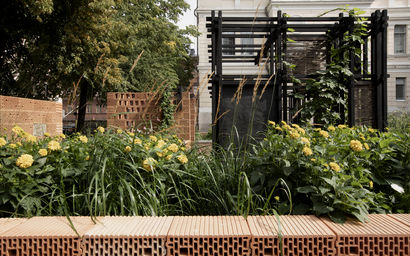
A place for encounters between humans and non-human animals.
Alusta, built from clay and populated by plants, is a sanctuary for pollinators and a meeting place for all living things.
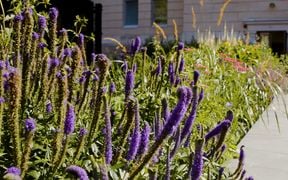

An exhibition featuring prototype textile products and fillings, ranging from interior textiles to fashion apparel.
A hundred years ago, cattail fluff was used as life vest filling – now a Finnish company wants the eco-friendly material for pillows and winter coats. Restoring peat bogs for cattail cultivation would also significantly reduce Finland’s emissions, according to the company.


A showcase jacket is a tangible result of the Sun-powered Textiles project
The research results of the Sun-powered Textiles project will be presented
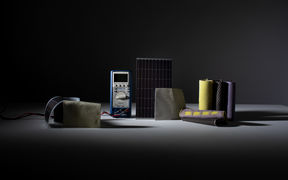
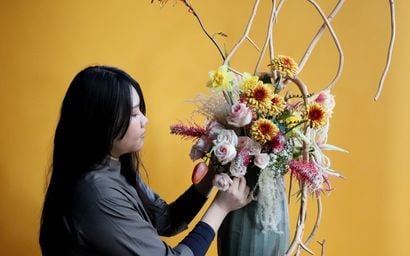
Nearly half of cut flowers end up in the trash, never making their way to dinner tables or first dates
Turning flower waste into environmentally responsible materials.


A dip in the biobased liquid gives cucumbers a protective film. Innovative idea will be presented in the international BioDesign Challenge competition.
Why recycle bio-based materials? Can bio-based materials replace plastics? Does it make sense to use trees as materials?
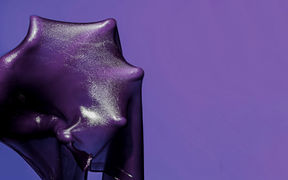

Shimmering wood is an innovation of Noora Yau and Konrad Klockars.
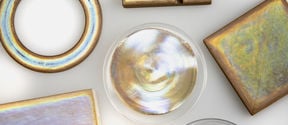
Nature’s brightest colours – like those found in peacock feathers or butterfly wings – are created through microscopically small nanostructures.

Designer Noora Yau and materials scientist Konrad Klockars have used wood to conjure up a colour, which is transparent yet glows like a copepod in shallow water. The pair’s good chemistry and open attitude towards asking silly questions is a great help in their work.

The seaweed pavilion is on display at the A Bloc shopping centre on the Otaniemi campus 16.11-16.12.2020. You can experience Julia Lohmann's Kombu Ahtola algae piece at Annantalo (Annankatu 30, Helsinki) on 20 August 2020–31 January 2021.

The installation Julia Lohmann designed for the World Economic Forum in Davos in January 2020, is on display at the A Bloc shopping centre in Otaniemi.

Lohmann’s magnificent seaweed pavilion won the sustainable design category for Dezeen Awards 2020.
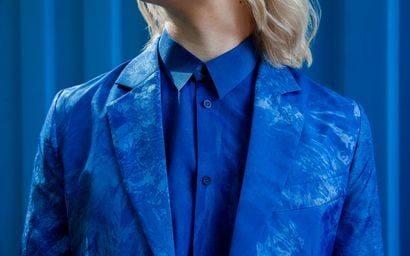
Crops4Luxury (PeltoLuksus) project studied special crops that could replace synthetic textile dyes sustainably and ethically

Marimekko has collaborated with Natural Indigo Finland in the use of natural indigo blue colouring originating from the Woad plant, cultivated in Finland. Part of the Autumn 2021 collection, the garments and bags are industrially printed at Marimekko’s Herttoniemi factory. These products show that fashion can be produced more locally, more sustainability and more transparently, important elements for building an understanding of what sustainable fashion will be in the future.
Materials: Cotton
Color: Woad Indigo
Technique: Industrial printing
Through design creativity we can solve many problems in the fashion industry. Based on different kinds of fashion design approaches, we can take account the extended use phase, different body size, redesigning with old clothes, using natural dyes and creating sustainable beauty. Through these different design strategies, we can transform fashion culture towards one which is in better balance with the environment.

A glimpse of hope for a better future. The annual Designs for a Cooler Planet festival showcases thought-provoking prototypes, experiments, and perspectives offering a glimpse of hope for a better future.
Everything you need to know about Designs for a Cooler Planet - all frequently asked questions in the same place
All of the previous Designs for a Cooler Planet materials in the same place.